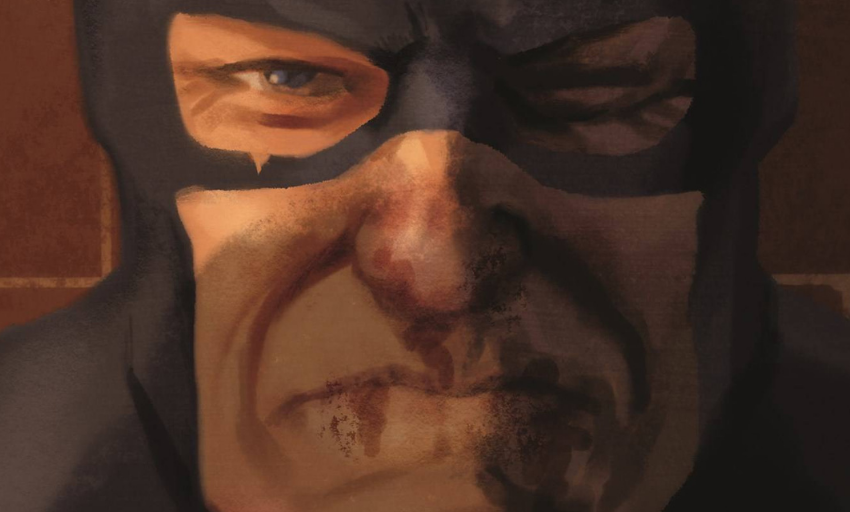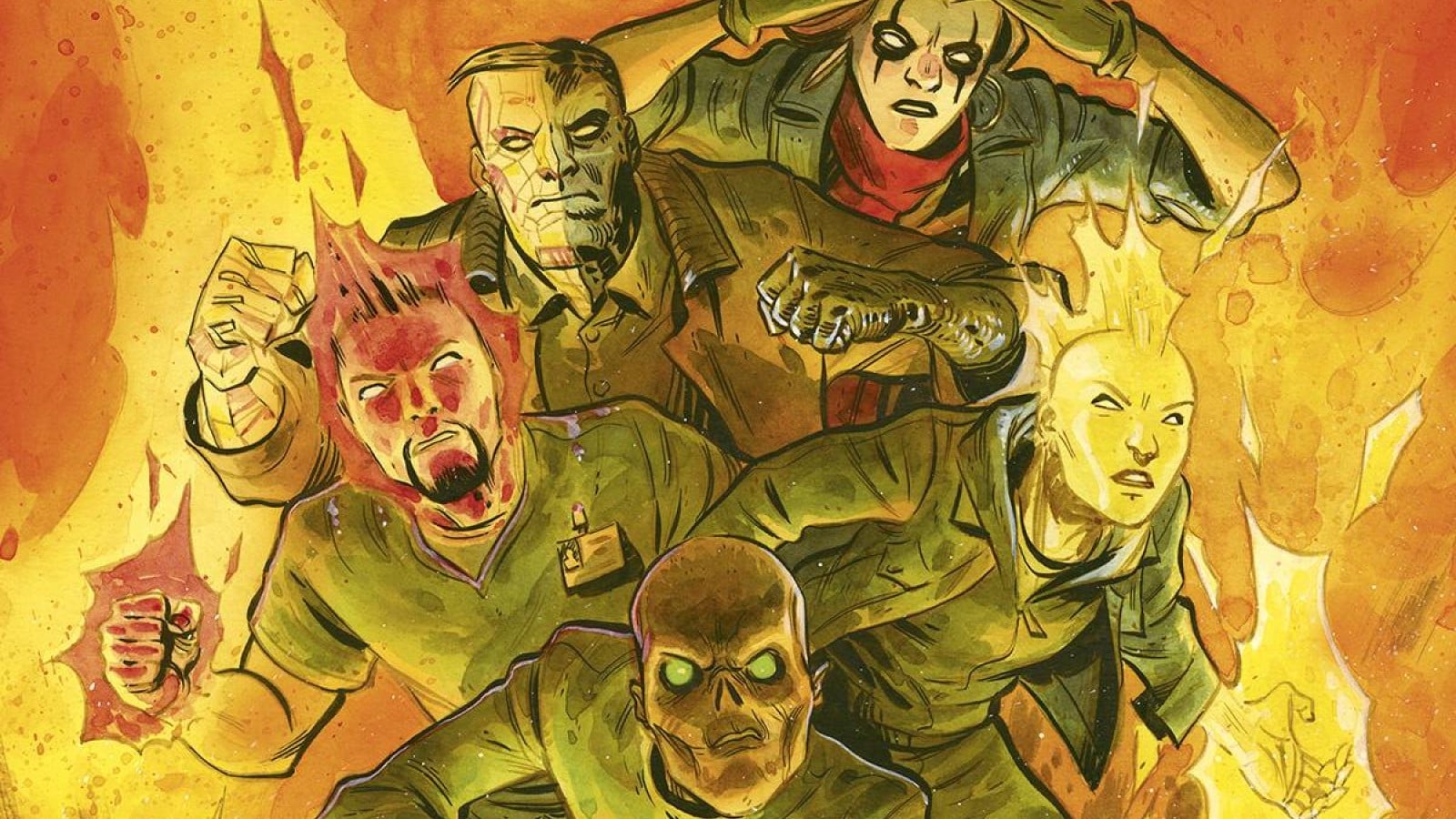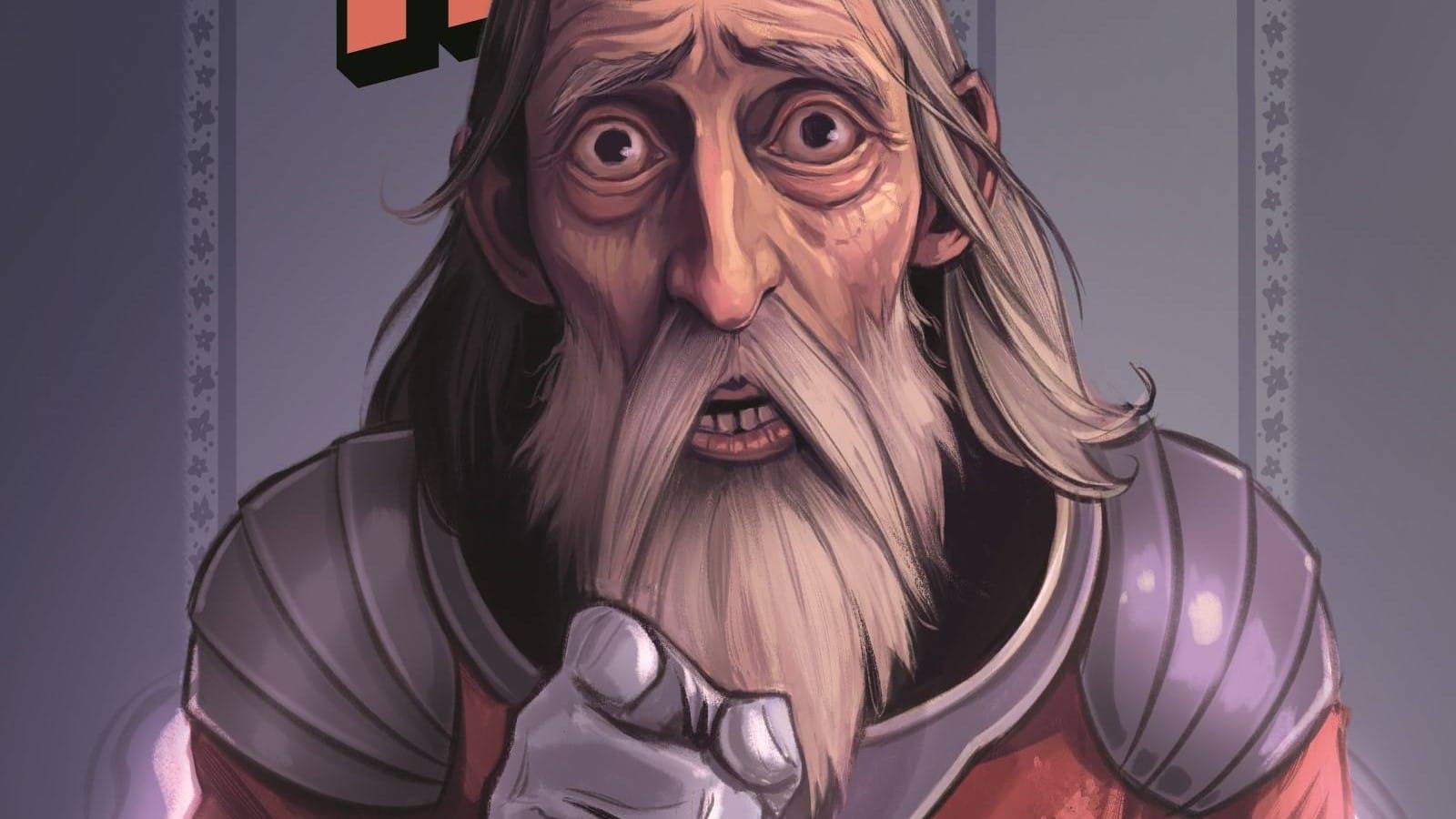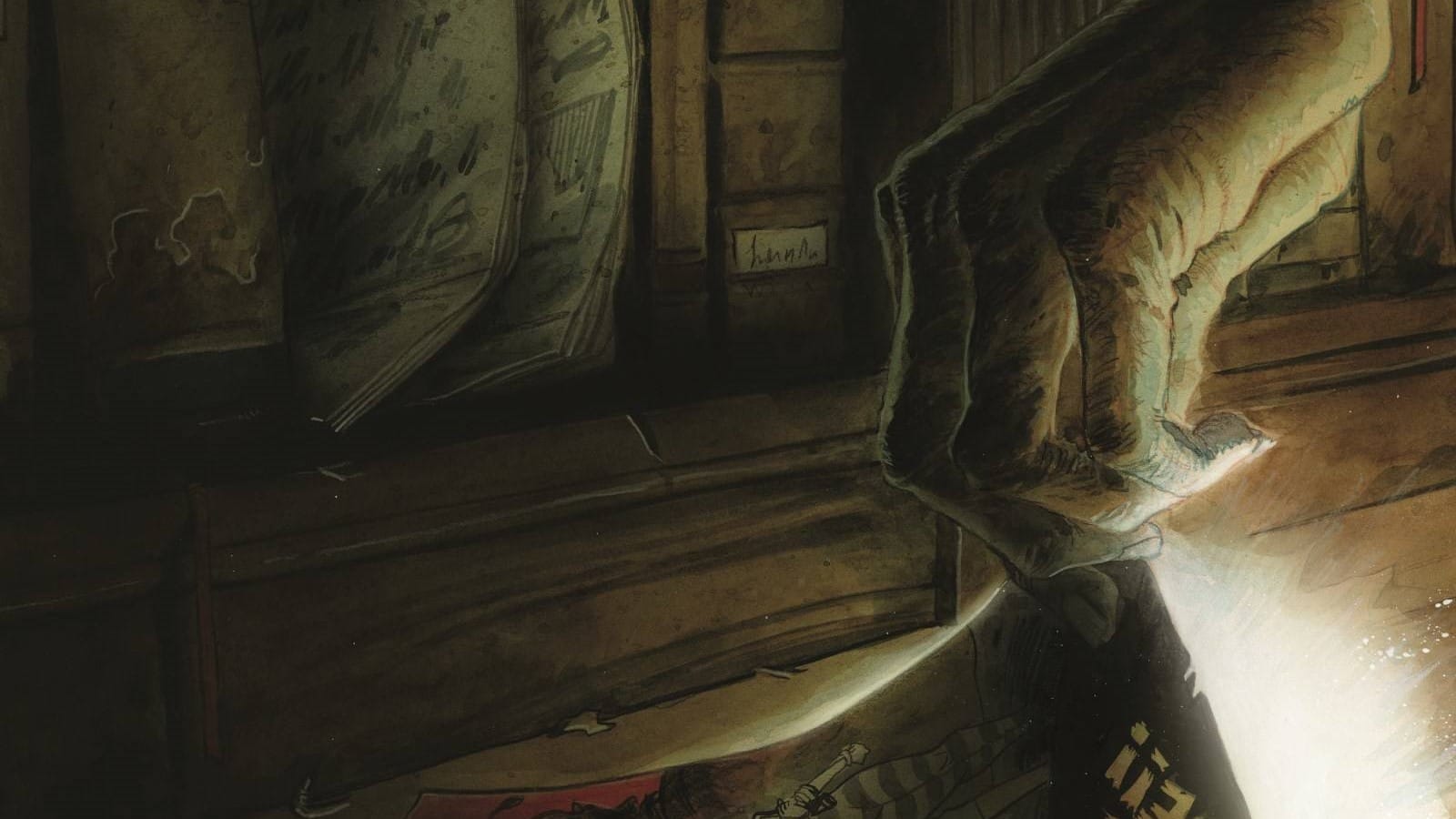Sex Criminals’ Chip Zdarsky and Tartarus‘ Johnnie Christmas team up for the first time with this action-packed Hammerverse special. Before he was trapped with Spiral City’s greatest heroes on a mysterious limbo farm, aging hero Abraham Slam found himself already an outcast in his own world. And with the arrival of a belligerent reboot hero named Uncle Slam, he finds himself having to put on the old tights again to show there can be only one Slam in town. With colorist Dave Stewart and letterer Nate Piekos.
Over the past few weeks, the streaming series The Falcon and the Winter Soldier has brought the character John Walker, aka U.S. Agent, to the screen for the first time. The story goes that in the mid-’80s, writer Mark Gruenwald wanted to bring an updated, more Rambo-like spin to Captain America. For that to happen, Cap needed a gun, he needed to be more of a badass, he needed, in short, to do a lot of things that for Steve Rogers would be violations of core principles. So, Mark had Steve quit the role and a new (arguable) hero, John Walker, took up the mantle of Captain America. To quote Kieron Gillen in his Image series Die, “Save us all from badasses.”
It’s fortuitous that Zdarsky and Christmas get to explore a similar setup while the MCU juggernaut’s version of the story has been streaming. The Black Hammer character of Abraham Slam has always been something of a Captain America pastiche: too frail to enlist to fight in World War II, young Abe Slamkowski trains with the famed boxer Punch Socklingham and becomes an expert fighter and vigilante who eventually joins the American war effort. Like Captain America, Abe’s greatest power is his sense of right and wrong (though his judgment is often fairly bull-headed). Unlike Cap, though, Abe doesn’t have any superpowers.
As we join him at the beginning of this issue, Abe has retired from superheroing, making a modest but honest living running a boxing gym. To fill the void left by Abe’s absence, the government has created their own hero, called simply The Slam: a former soldier who will patrol the streets of Spiral City and take down crime. And he’s got a giant, Liefeld-sized gun to do it with.

The title page where we meet The Slam showcases Christmas’ design work: His figures are wonderfully expressive while not being too cartoonishly exaggerated. Onstage, presenting The Slam to the public is a military general, a hunched-over politician with tiny arms and, positioned farther back, a meek woman in an American Gothic prairie frock. Who is she? The Slam’s mother? The politician’s wife? No matter: She’s the perfect element to complete the tableau of American reactionary fascism. Christmas also liberally pulls images from comics history, from the death of Batman’s parents, to Rob Liefeld’s X-Force #3 and John Romita Sr.’s Amazing Spider-Man #50. His action scenes are clear and dramatic, but he really shines in the emotional acting of his characters outside of those scenes, especially late in the issue with the reunion of two former teammates.
Zdarsky also has no pretense of The Slam being a hero of any kind, anti- or otherwise. As he beats a bunch of muggers, he says, “I’m America, pal. I’m the America who’s going to protect real Americans! I’m The Slam!” No explanation is needed or provided to clarify precisely who qualifies as a “real American.”
Black Hammer: Visions #3, in the end, serves as an examination, not of how we as a society must cope with the actions of armed agents of the state (I can’t ignore that I’m writing this in the wake of now-former Brooklyn Center police officer Kim Potter’s killing of Daunte Wright while another former Minnesota police officer, Derek Chauvin, is on trial for the murder of George Floyd), but rather it’s a more metanarrative story about comics as a culture coming to terms with its more “extreme” periods and characters. But with American police officers and militia members having adopted the Punisher insignia, and Captain America symbols being used during the Jan. 6 Capitol insurrection, it’s hard to ignore the connections between these things.
Dispatches From The Para-Zone
- This is an interesting issue to read alongside Black Hammer #10, whose flashback sequences deal with Abraham Slam jumping on the “extreme” redesign bandwagon, full of pouches and gadgets, with a variant cover by “Jeff Lemirefeld.”
- It is also something of a companion piece to the Skulldigger and Skeleton Boy miniseries, which addresses the “extreme” costumed hero trope from the vigilante side of things.
- Next month: X-23’s Mariko Tamaki and Diego Olortegui reteam to tell a story about the entire Black Hammer team.






